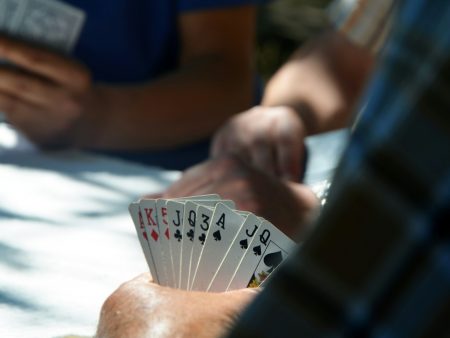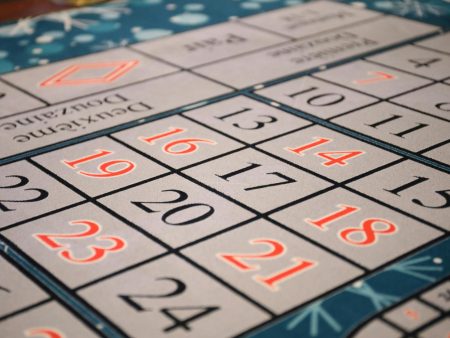

As an avid poker player, you must have heard of the implied odds, isn’t it? Well, if not, don’t worry; this article explains implied odds and reverse implied odds clearly.
Implied odds are when you are on a draw while your opponent has a complete hand. Reverse implied odds are exactly the opposite. In this, you have a completed hand, but your opponent is on the draw. However, reverse implied odds don’t apply to situations when you have a full house or a royal flush.
Let’s explore the reverse implied odds in detail with an example of a hand too.
Good Hand, Alas Not Great Hands
When you have a marginal or a not-so-great hand, you want to ensure you go into showdown without much expense. Whereas with a big and great hand, you want to ensure the pot is rich. No Limit Poker player like you will plan your moves in a similar fashion.
However, suppose you have a good but not great hand, and you haven’t the faintest chance of improving your hand. Your opponent is drawing or has a great hand; there are reverse implied odds.
An Example Hand To Further Understand Reverse Implied Odds
Let’s consider an example to understand reversed implied odds. The dealer has dealt you Ace spade and Ten Club. The flop on the table is Ten Diamonds, Nine Diamonds, and Four Hearts. The flop is heavy in a draw, and you have only a pair with a high card. While your hand might be leading currently, your opponent can have a flush or two pair.

Suppose your opponent has plenty of chips to wager. They can continue betting. When the flop is complete with Jack Diamond, your opponent continues betting. You can clearly make out there are reverse implied odds here. You may have a good hand, but your opponent has a draw ability to improve their chances of winning the pot.
Winning Minimum, But Losing Maximum
Unless your opponent’s stacks are low, reverse implied odds aren’t fun. In reverse implied odds situation, if you have a good hand, you will win minimum. However, if your opponent’s hand is better and keeps a high draw, you lose maximum.
Aggressive players often get punished by reversed implied odds. While they stand to win a big pot if their opponent folds, they lose big in such situations.
- If the opponent has a better hand
- If the opponent has a better draw
- If the opponent does not fold
So, if you are an aggressive player, be careful as reverse implied odds are a very real thing. You stand to lose maximum.
Estimating Your Opponent’s Behavior
Like any poker tactic, you need to gauge your opponent’s cues, signals, and body language. You always play your players in poker, not your cards. So, reverse implied odds also require estimating your opponent’s behavior since they are not mathematically precise.
Look at the two situations given below.
- Suppose the current pot is good you can continue playing despite reverse implied odds
- However, if the current pot is small/marginal and the flop is heavy in a draw, reconsider
You need to ensure you get to showdown inexpensively to either win minimum or ensure you don’t lose maximum. If your hand is marginal and ranging towards not good, you might consider folding in reverse implied odds situations.
Summing Up
Poker is a skillful and artful game. You gamble with players who are equally, more, or less crafty. Playing your opponents and gauging their cues, and mastering the poker face is the ultimate agenda. You must keep the reverse implied odds in mind while playing.
Suppose you are unsure of your cards, and the flop is heavy in a draw. You should analyze whether it is worth the cost of betting in future rounds. Read about reverse implied odds and be aware of its ramifications. Have a happy Poker gaming experience!







